These “Great” Cold Emails Are Actually Awful — And Here’s Why
We’re not here to roast the obviously terrible cold emails like:
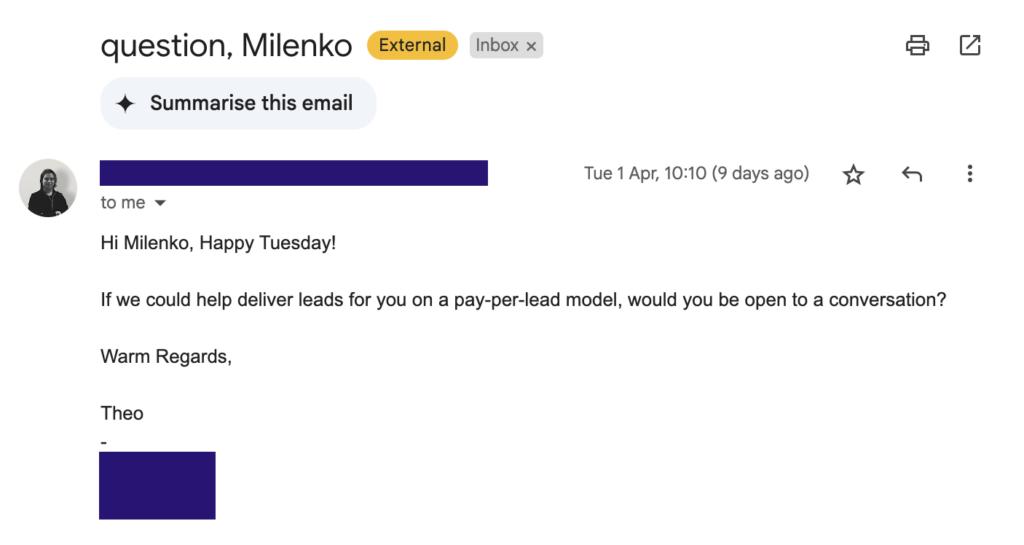
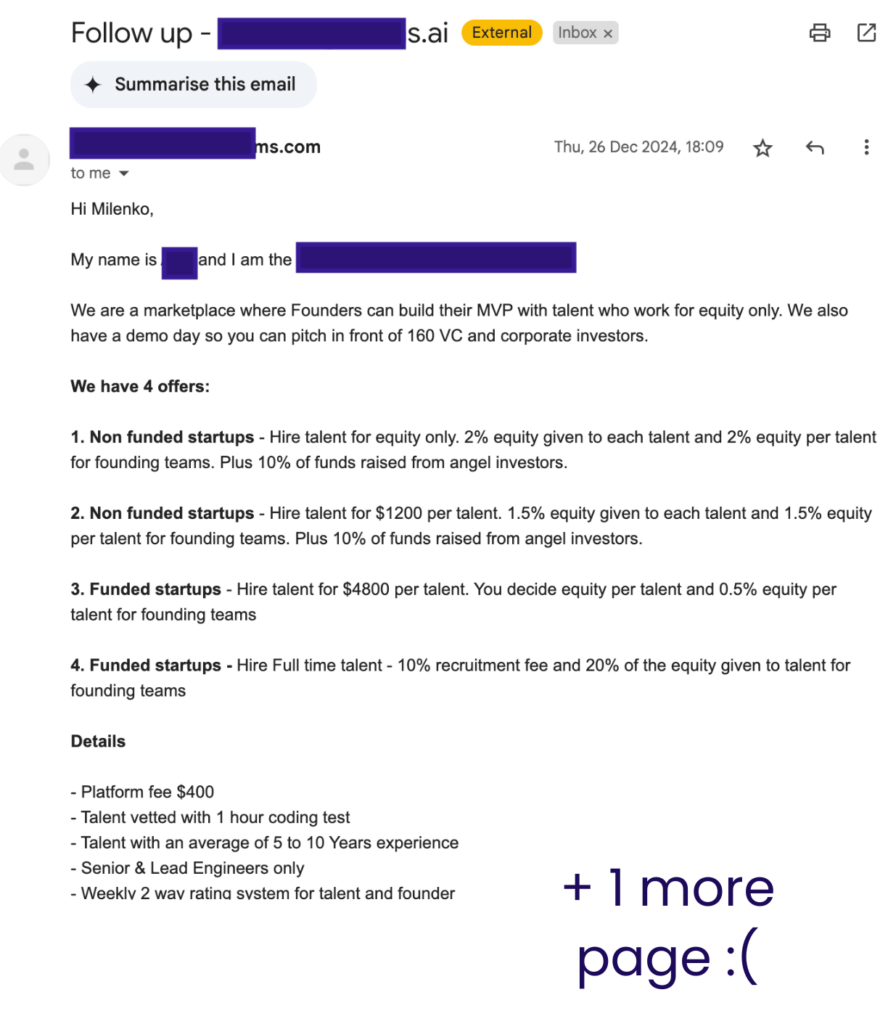
Instead, this post dives into cold email templates that are often shared and praised across marketing circles—but in practice, they flop. I’ll break down exactly why these so-called “great” emails lead to spam complaints, and what to do instead.
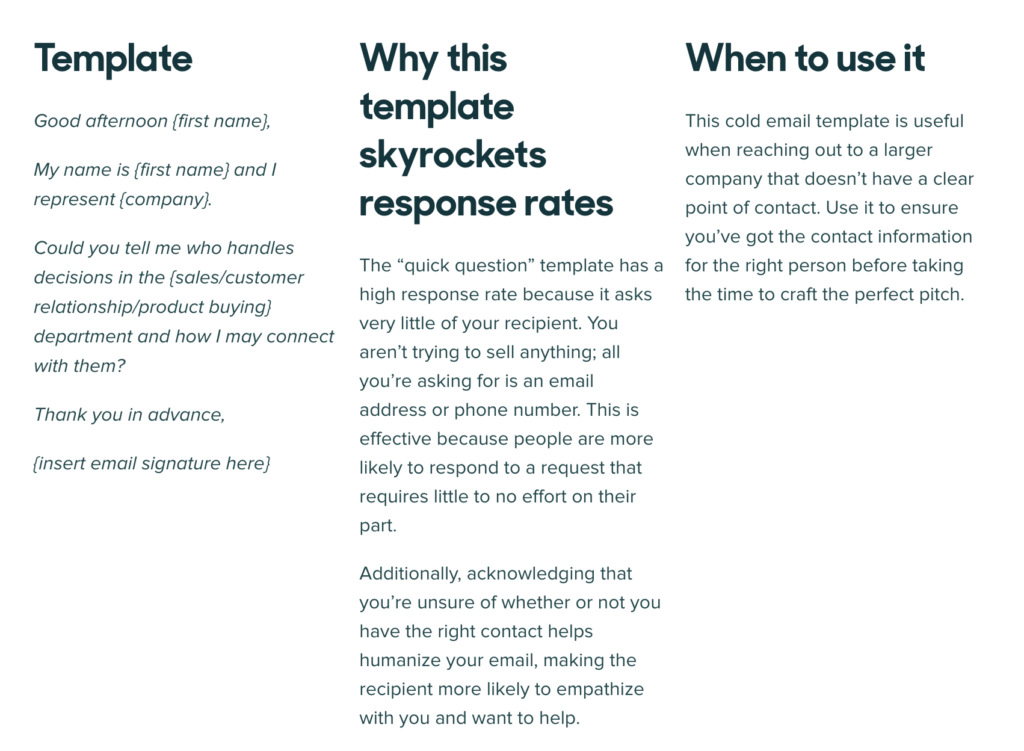
• The infamous “quick question” subject line? Translation: Ignore me, I’m cold-pitching with zero value.
• Starts with “My name is…” and “I represent…” — tell me you’re in sales without telling me you’re in sales.
• Asks for a referral before giving a reason to care. Rookie mistake.
• Why would anyone hand over their colleague’s info to a total stranger who hasn’t offered any value? Feels intrusive and lazy.
• This might “skyrocket” replies… straight to spam. :)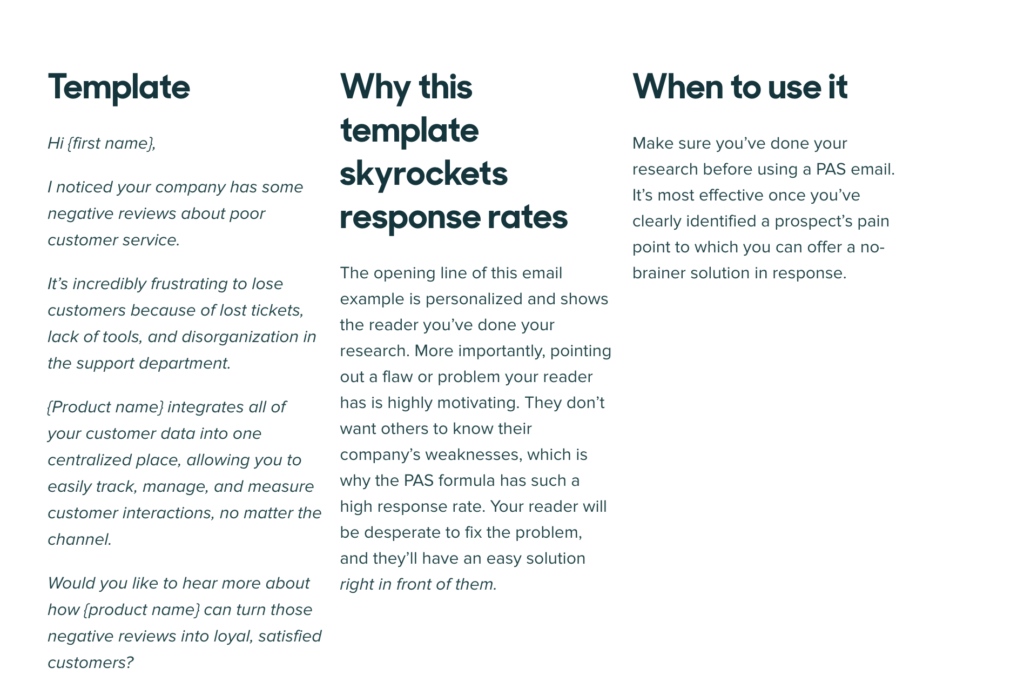
• Opens by telling the prospect their customer service sucks — nothing like starting with an insult to build rapport.
• Assumes public reviews = pain point, without knowing if the reader even cares. Lazy research hiding behind “personalisation.”
• Sounds like a rushed pitch thrown together after a quick Google search—no real insight, just trying to sell something.
• High chance of getting ignored or marked as spam. If you’re going to point out a flaw, at least bring value before throwing shade.
• Starts with a leading question that sounds like a scare tactic — “Is your support system losing you money?” Instant eye-roll.
• “We’ve helped large companies like yours…” — oh cool, another vague name-drop with no proof or specifics.
• Buzzword soup: “efficient, easy-to-manage workflow, no onboarding” — it’s like they crammed every generic SaaS pitch into one paragraph.
• “Do you have time this week?” — sure, let me drop everything for a stranger who made zero effort to relate to my actual needs.
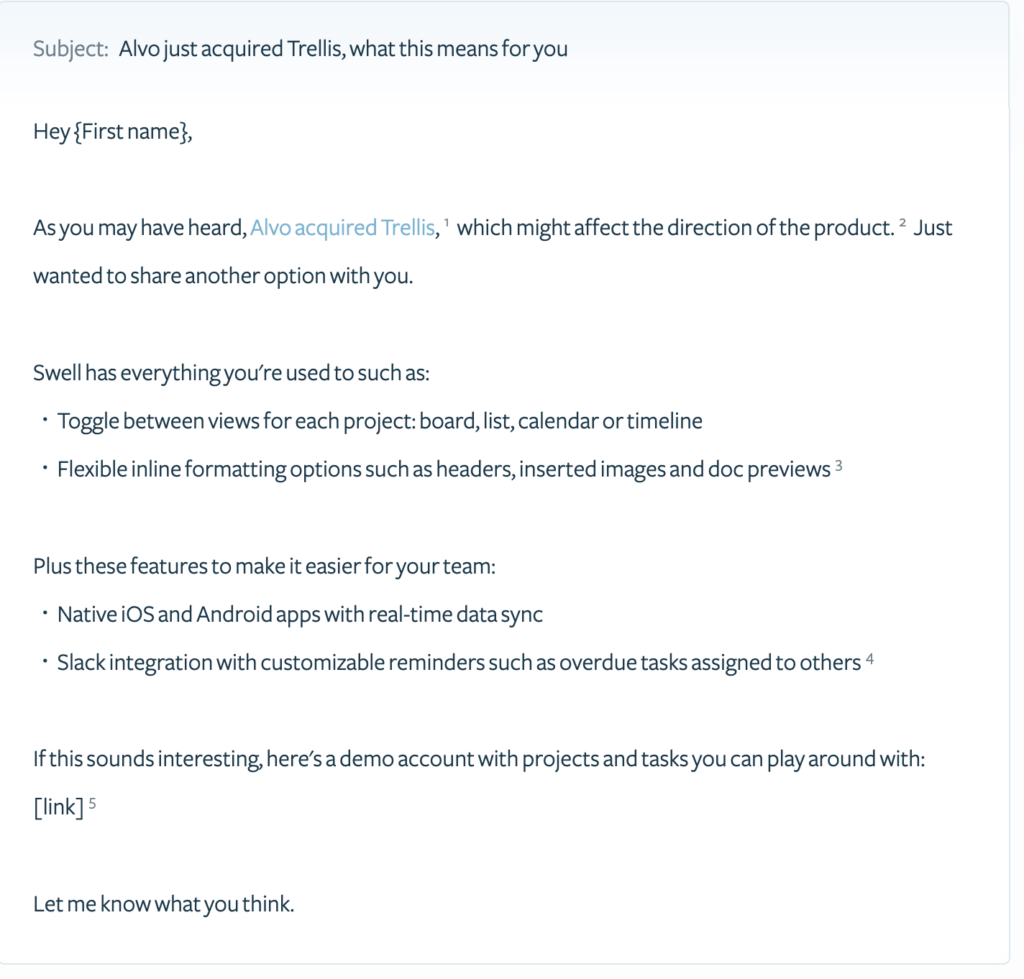
• Leads with vague FOMO: “Alvo acquired Trellis, just thought I’d share…” → so what? Why should I care?
• Lists product features without any context or pain point. Reads like a landing page, not an email.
• Zero personalization or relevance to the recipient’s use case.
• “Let me know what you think” = passive, lazy Call-to-Action. You’re making the reader do the work.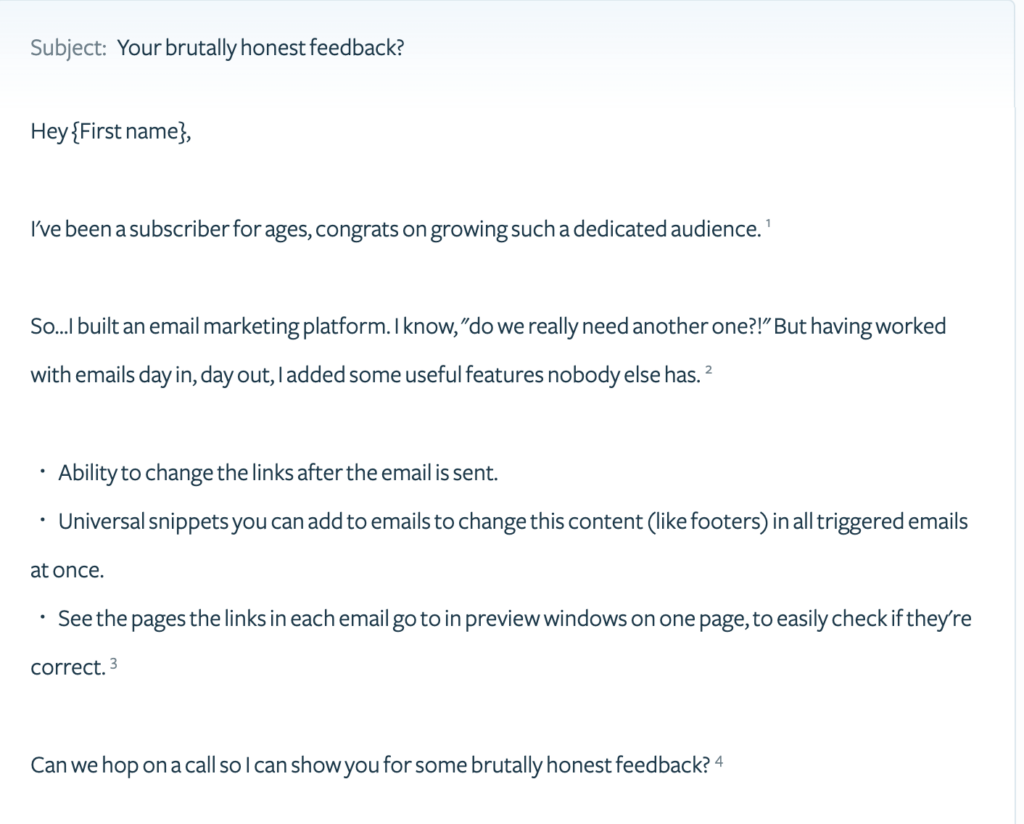
• Subject: “Your brutally honest feedback?” sounds bold but is totally misleading — you’re not asking for feedback, you’re pitching (and everyone knows it).
• Starts with a generic flattery → instantly feels like a setup.
• Buries the actual pitch under too much self-narration.
• Lists features with no context or connection to the recipient’s pain point.
• Ends with a “can we hop on a call” — generic, high-friction CTA with zero offered value.If you’re going to invest time in cold emailing, you’ve already seen what not to do.
Instead, use this proven formula to write cold emails that get real replies — not spam complaints. Make them feel personal, not pitchy.